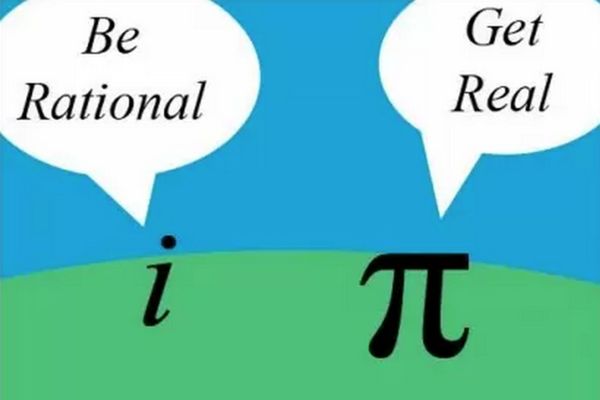Tell a math joke
Write and tell a short math joke to friends or family, practicing wordplay and timing while making numbers fun and boosting confidence in public speaking.



Step-by-step guide to tell a math joke
10 maths jokes that'll make 'sum' of you laugh
Step 1
Sit at a table with your paper and pencil ready.
Step 2
Pick one math topic you like such as numbers shapes or addition.
Step 3
Write down two math words that sound fun or could make a funny pun.
Step 4
Choose a joke style like a question-and-answer one-liner or a knock-knock.
Step 5
Write the setup sentence for your joke on the paper.
Step 6
Write the punchline that plays on the math word you picked.
Step 7
Draw a small face or note beside the punchline to remind you when to pause or smile.
Step 8
Practice saying the joke aloud three times, pausing before the punchline each time.
Step 9
Try your joke once in the mirror or to a stuffed toy to hear how it sounds.
Step 10
Tell your joke to a friend or family member and watch their reaction.
Step 11
If the joke needs fixing change one word and try telling it again.
Step 12
Share your finished joke and how it went on DIY.org
Final steps
You're almost there! Complete all the steps, bring your creation to life, post it, and conquer the challenge!


Help!?
If we don't have paper and a pencil, what can we use to write our two math words and jokes?
Use a whiteboard and dry-erase marker or a tablet notes app to write the two math words, the setup sentence, and the punchline so you can erase and rewrite while you practice.
My punchline falls flat or I forget to pause—what should I try?
Follow the instructions to draw the small face beside the punchline as a pause/smile cue, practice saying the joke aloud three times and try it to a stuffed toy or mirror, and if needed change one word as the instructions say to fix the joke.
How can I adapt this activity for younger or older children?
For younger kids, pick simple math topics like numbers and use a stuffed toy and big drawn face to practice the setup and punchline, while older kids can choose clever math wordplay, experiment with different joke styles, and record their performance to share on DIY.org.
How can we extend or personalize the joke activity after we finish?
Turn your joke into a short comic or recorded video with drawings or props, collect feedback when you tell it to a friend or family member, change one word if needed, and then share the final version on DIY.org.
Watch videos on how to tell a math joke
Cheesy Math Jokes That'll Make "Sum" of Your Students LOL
Facts about math humor and public speaking for kids
🔢 Classic math joke: “Why was six afraid of seven? Because 7 8 (ate) 9” — number wordplay for the win!
🎤 Great joke timing often comes from a tiny pause before the punchline to build surprise.
🧠 Laughing while learning lowers stress and helps the brain form stronger memories.
🤓 Math jokes often use puns or number tricks to make concepts stick in your memory.
😂 Puns are one of the oldest types of humor — ancient texts contain wordplay that made people laugh.
How do I help my child write and tell a short math joke to friends or family?
What materials do I need to write and tell a math joke with my child?
What ages is this math-joke activity suitable for?
What are the benefits of writing and telling math jokes with children?


One subscription, many ways to play and learn.
Only $6.99 after trial. No credit card required


